Affiliate links on Android Authority may earn us a commission. Learn more.
Turning up the volume: What does Apple Music need to surpass Spotify?
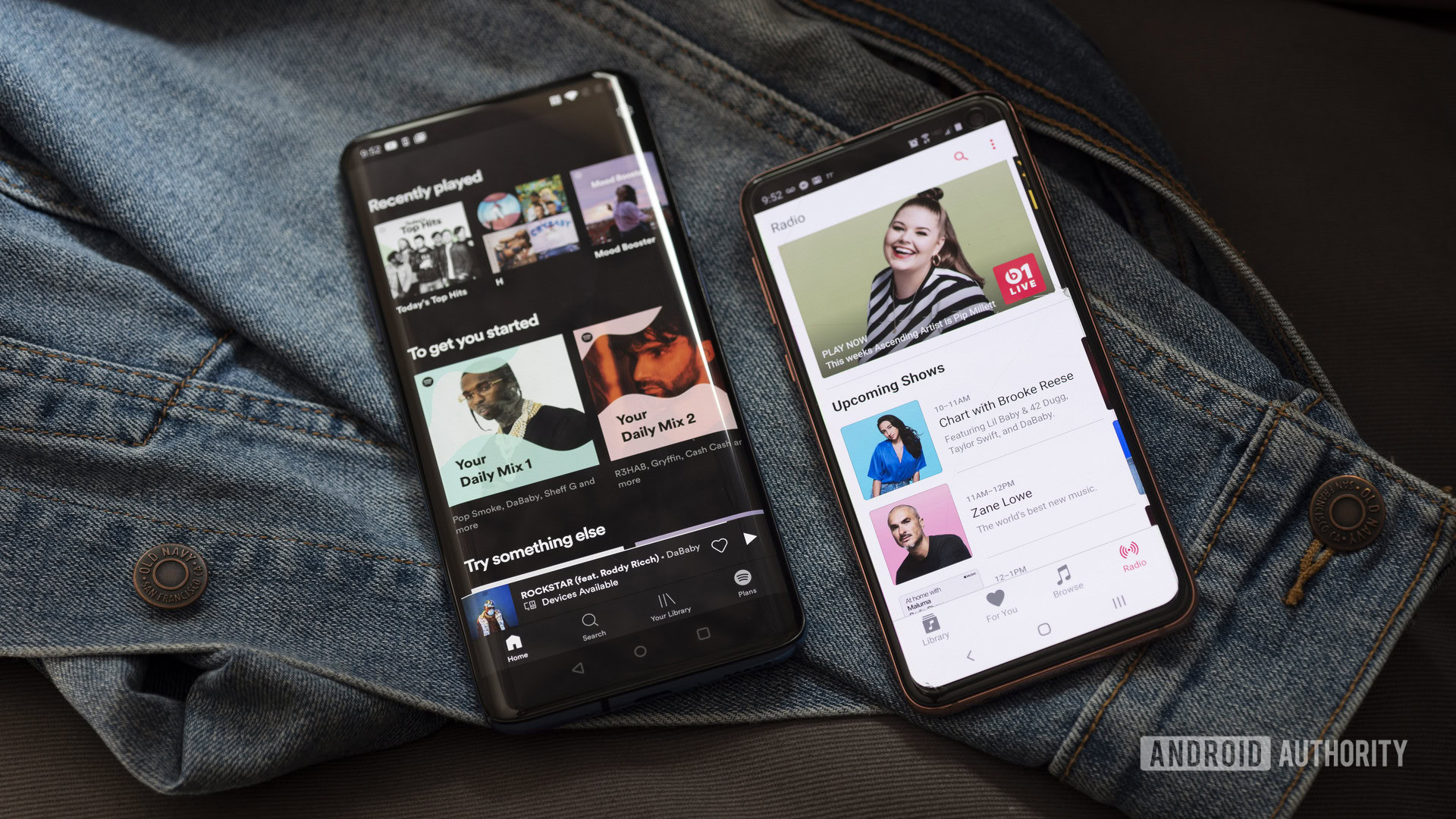
If you’re a long-time Android user like me, chances are that you haven’t considered an Apple Music subscription. For over a decade, Spotify and YouTube Music (formerly Google Play Music) have reigned supreme as the de facto music streaming apps.
Spotify, in particular, has amassed a loyal following even though its Premium tier is a standalone subscription service. On the other hand, the Apple One subscription bundles 50GB of iCloud storage with the company’s music and TV streaming services — all of which can be useful even if you’re an Android user. This makes it an excellent deal compared to Spotify’s Individual Premium plan, which costs 60% as much for music alone.
Given that Apple Music is one of the rare cases where the company offers better value for money than the competition, you may wonder. Why isn’t Apple Music more popular and what can it do to win the battle vs Spotify?
Apple Music vs Spotify: What we’d like to see
As I mentioned above, Apple Music already has a handful of advantages over Spotify. But that doesn’t mean it does everything better than Spotify. The same goes for the opposite as well, some Apple Music features are still inexplicably missing in Spotify. But for now, let’s see where Apple’s music streaming service needs to improve to catch up with Spotify.
An analogue to Spotify Connect

Apple Music supports AirPlay as you’d expect and it will even surface a Chromecast button on Android, but you can only control playback on other devices via the former. For the vast majority of smart speakers and other non-Apple devices like the PS5, you can’t wrestle playback control or continue listening on a different device mid-track.
Spotify Connect, meanwhile, is universal and allows me to see and control what’s playing on my LG WebOS TV from my Android tablet. Given Apple’s walled garden reputation, this is unlikely to change but it could at least start within the ecosystem. For example, the Apple Music app on your iPhone should be able to tell you what’s playing on your iPad and offer a convenient way to continue playing immediately. Call it Handoff even.
Better user playlist discoverability
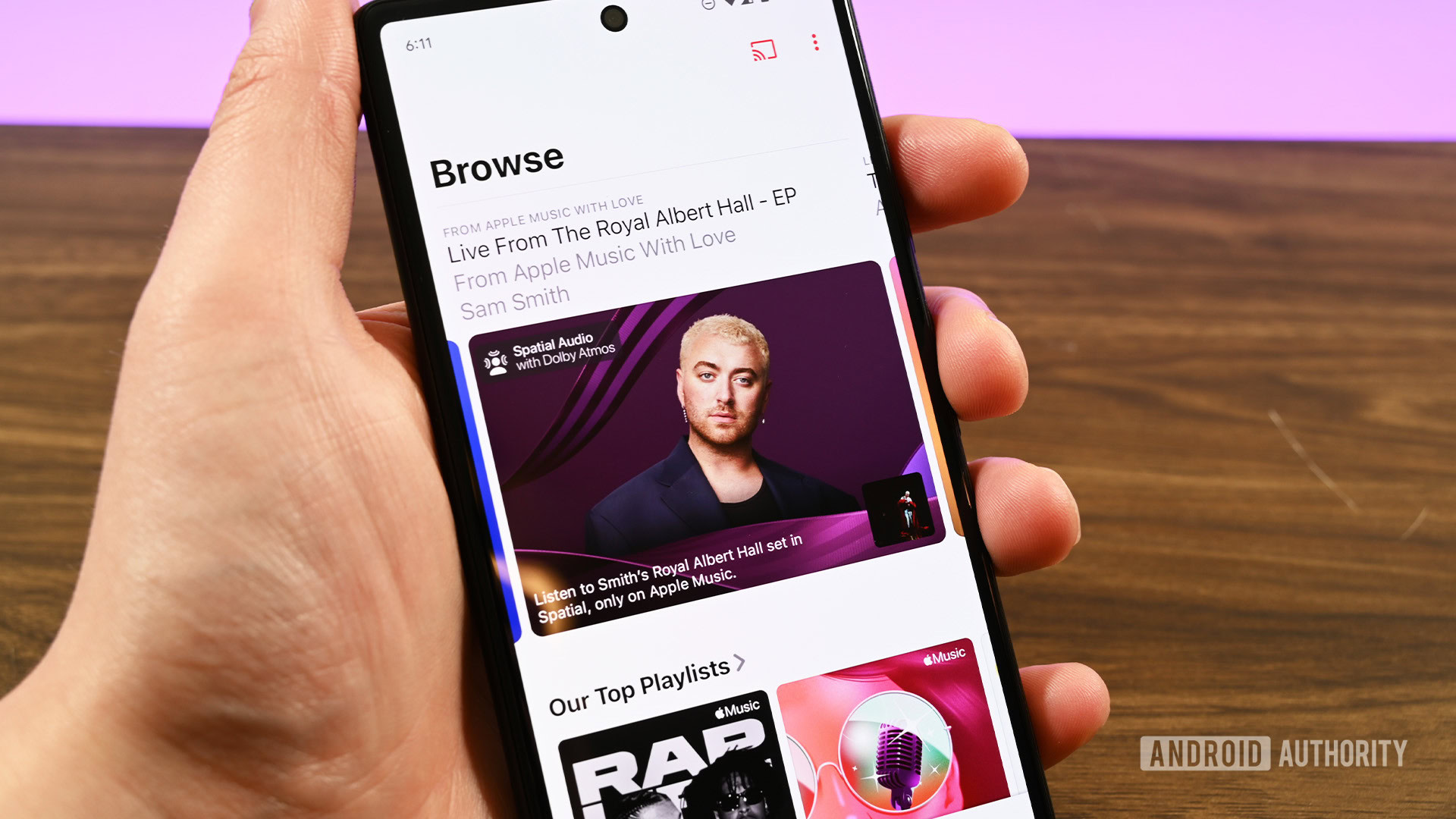
While Apple Music and Spotify both have a vast library of music, traversing through it isn’t equally easy. Both platforms have algorithms and staff-curated playlists to ease the sting, but my favorite feature is only available on Spotify: the ability to search for user-created playlists.
Whether it’s the ever-popular Lofi Girl or a 90s-themed sad music track list, you can bet that someone has created a public playlist you can easily search for. I’ve personally found the feature comes in handy when I’m least expecting it. Looking for a TV show’s soundtrack spanning multiple seasons? Chances are that someone has already created a playlist for it.
Searchability is key here because even though Apple Music allows you to share playlists with others, it doesn’t surface them in search results until you scroll through Apple’s own first-party playlists. This reduces the chances of randomly stumbling upon someone else’s tracklist.
A free tier
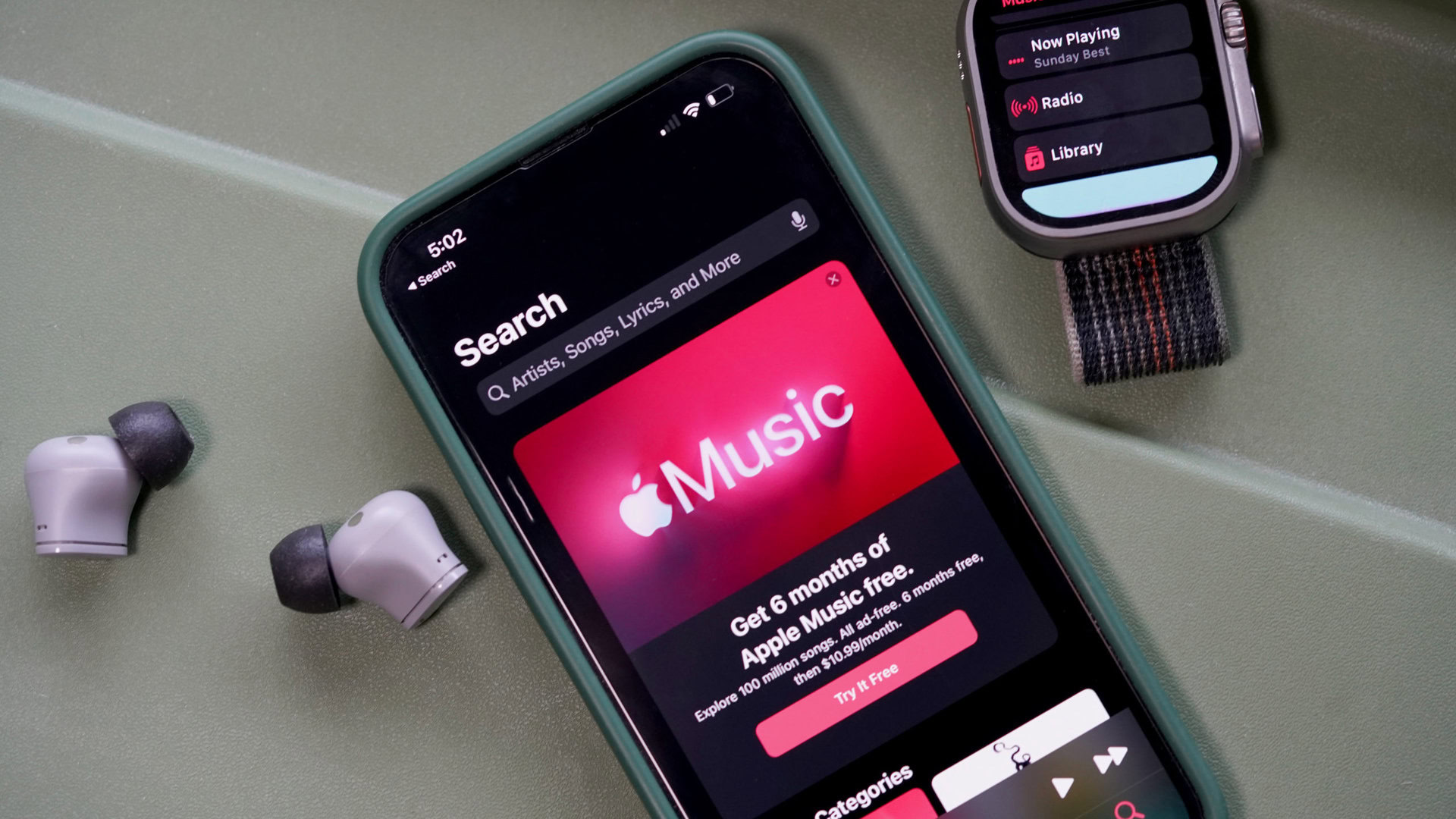
While Spotify has added a number of restrictions to its free tier (like forced shuffle in playlists), it’s still plenty usable to test out the service. Several of my friends began using Spotify for free before forking over for the paid tier. It’s an effective marketing strategy and I’m surprised Apple hasn’t used it to attract a wider audience.
Another hidden Spotify benefit is if you stop paying for a Premium subscription one day, you will still be able to access your playlists and saved content. No such luck with Apple Music, which locks you out until you restart your subscription.
Better PC and Mac apps
It’s easy to forget that Apple Music apps exist for Android and PC. After all, the company has done little to advertise the service outside its core hardware market. But if you’re not deeply invested in the Apple ecosystem, cross-platform support may be an essential feature. Unfortunately, Apple Music’s PC and Mac apps are buggy and almost feel like an afterthought. I’m not the only one with issues, take one look at subreddits like r/AppleMusic and you’ll realize that it’s a widespread sentiment.
Considering Spotify’s excellent cross-platform support, Apple needs to do a better job of maintaining feature parity and usability across both, mobile and desktop.
Bonus: Third-party extensions
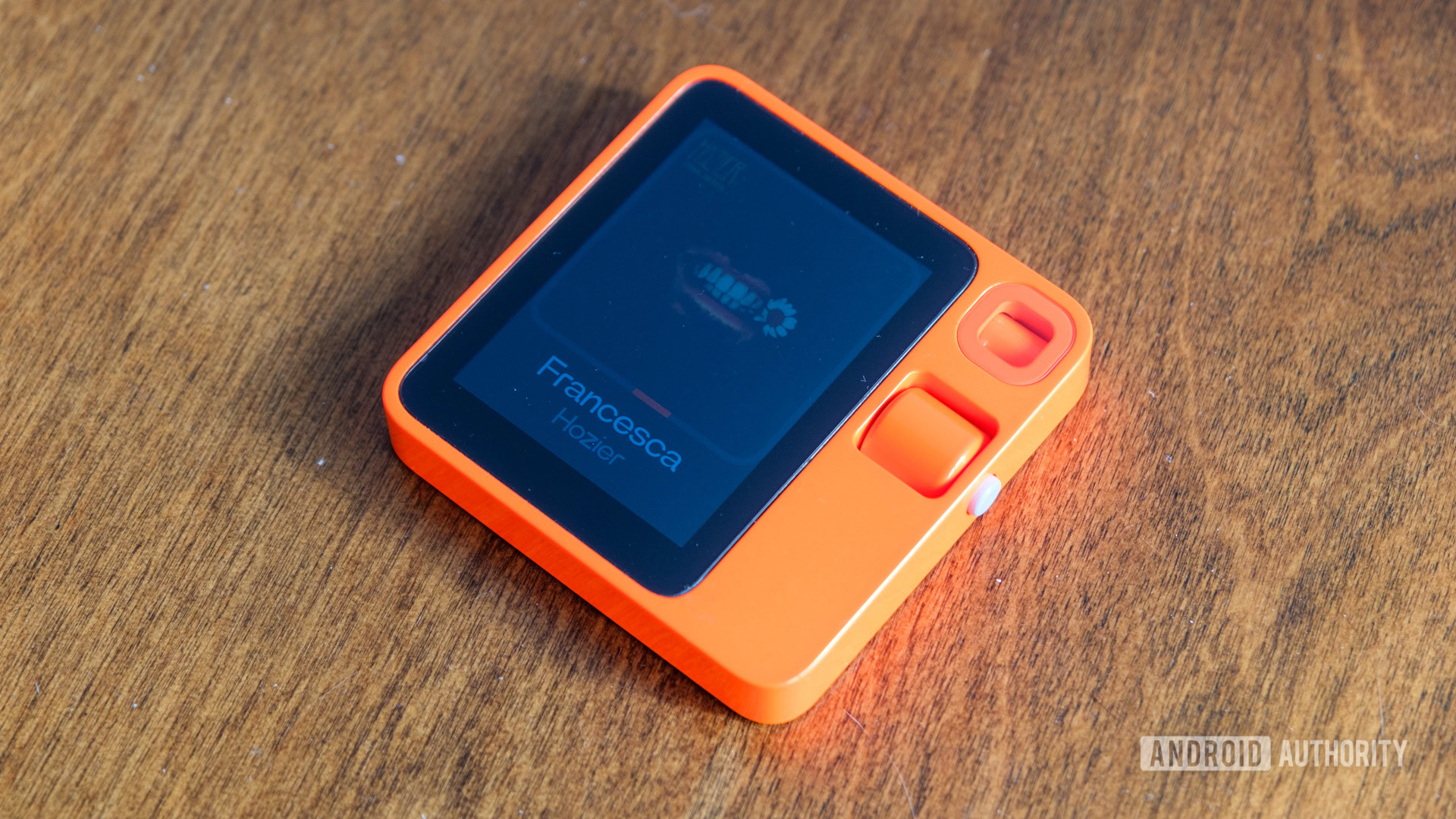
While I can’t blame Apple directly for the lack of third-party integrations, the music streaming platform doesn’t have the same breadth of support. Between web apps like stats.fm, Smarter Playlists, and third-party apps, Spotify’s open API affords developers and users a lot of freedom to discover, catalog, and listen to music. Apple’s MusicKit does exist but it’s not as flexible, meaning fewer apps have been built for the platform.
On Linux, for example, I use the open-source Spotify Player which runs entirely in a terminal window. The advantage is lower system resource consumption, which is a big deal on underpowered systems like the Raspberry Pi. Likewise, Home Assistant offers a Spotify integration, allowing me to stream music across speakers and devices throughout my home. Even the Rabbit R1 has a way to play tracks from Spotify, even if the device itself is a bit lackluster.
Apple Music has a scant number of third-party apps and even fewer services that can interact with it. You have Marvis Pro on iOS and Cider on desktop as far as third-party clients go, but no web app integrations like stats.fm, likely because of Apple’s API restrictions. If you like tracking your listening habits, Spotify is the better choice by far.
What Spotify needs: Lossless audio
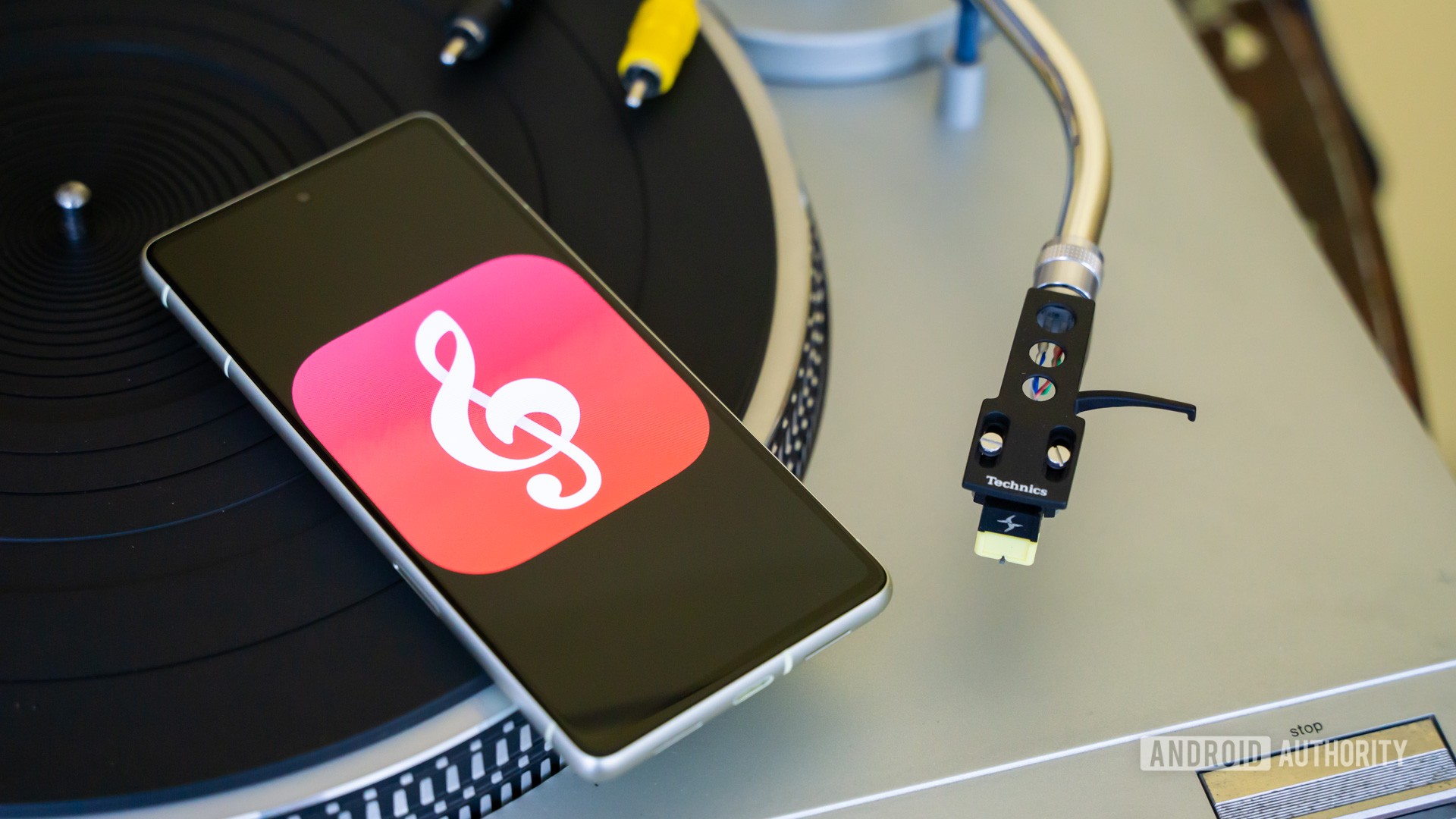
With the base Apple Music subscription, you get access to higher-resolution 24-bit/192kHz or “lossless” audio streaming at no extra cost. Spotify sets the quality to Automatic by default, which means it can dip as low as 160kbps to save data but generally stays at 320kbps for Premium users. If you’re not well-versed in audio quality, the gist is that Spotify’s current best quality setting doesn’t hold a candle to Apple Music’s lossless format.
Standard Bluetooth codecs cannot handle the large amount of data required for lossless audio, so Apple Music uses a special codec to achieve it wirelessly on the AirPods Pro 2. Elsewhere, you’ll need a wired connection to reap the benefits of lossless audio. Only you can judge the difference between Spotify’s sub-CD quality and lossless audio, but it’s nice to have the latter as an option on Apple Music.
We’ve heard about a potential Spotify HiFi subscription for over two years now, but it hasn’t come to fruition. Rumors indicate that lossless audio will cost you extra on Spotify, though, which makes Apple Music the better deal yet again.